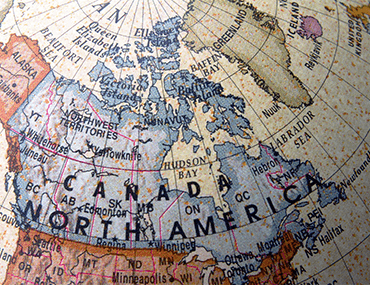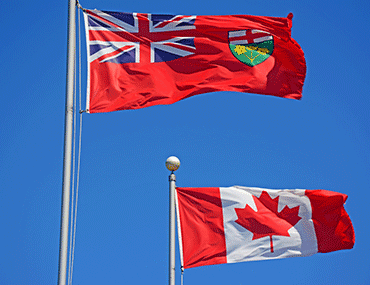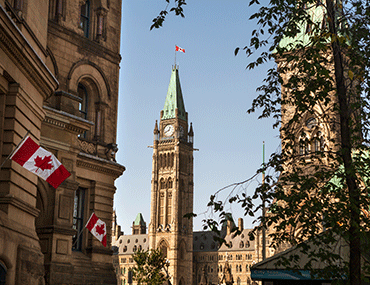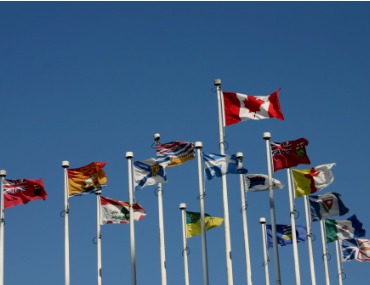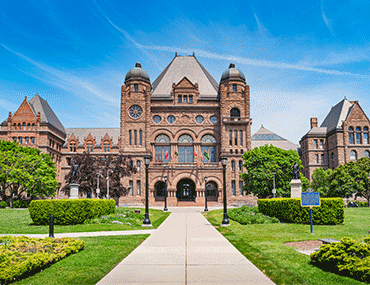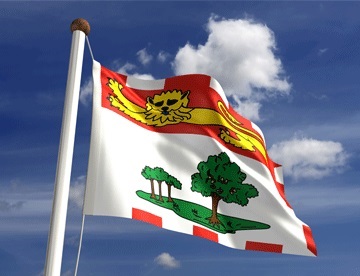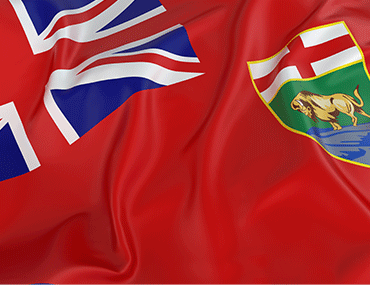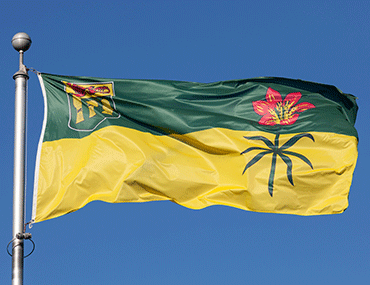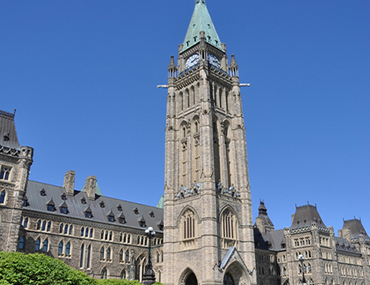

Updated Publications
December 16, 2025
Provincial Economic Forecast
Relative to our September projection, we’ve upgraded our 2025 growth forecasts across most regions, partly on the back of data revisions that showed economies entering the year with stronger momentum than expected. We continue to see PEI, AB, SK and NF as growth leaders this year, lifted by goods-producing industries. Meanwhile, QC, MB and ON are the likely laggards, weighed down by the trade war.
December 11, 2025
Canadian Quarterly Economic Forecast
Global growth has stood up to trade turmoil better than many feared earlier this year. Even with momentum expected to slow in 2026, it will be to a lesser extent than we expected three months ago. In contrast, the U.S. economy is forecast to gain a step as Fed rate cuts, the OBBBA and regulatory changes provide a tailwind. Canada is also an economy of contrasts. Government initiatives to boost investment are likely to meet some resistance with 2026’s CUSMA review. The Bank of Canada has done its part, with government spending set to play an increasing role.
November 27, 2025
Commodities Quick-Take
Idiosyncratic factors are driving divergences in energy commodities. Oversupplied crude oil markets
are weighing on the price outlook, while robust LNG demand has been bidding up natural gas. Base metals prices have been pressured higher following sharp tariff-induced selloffs earlier this year.
Still-sluggish global demand will likely be offset by ongoing supply concerns, keeping metals prices
on the firm side in 2026.
November 25, 2025
Questions? We've Got Answers: Addressing Issues Impacting the Economic and Financial Outlook
It's hard to write anything these days without addressing the impact of tariffs, but this quarter bubbled up many other issues for our Q&A. The effects of the U.S. government shutdown, signals from the labor market and the Fed's next interest rate move are also examined. For Canada, policy shifts are in the spotlight, with the federal budget, immigration and the Bank of Canada's move to the sidelines all addressed.
November 06, 2025
2025 Ontario Fall Fiscal Update: Still Eyeing Balanced Budgets
With the province rolling out a bevy of supports for the economy in Budget 2025, Ontario’s fall fiscal update contains little in the way of marquee measures. However, the province is pledging to cut the HST on new homes valued at under $1 million – a move that should support demand and, ultimately, homebuilding activity.
November 04, 2025
Federal Budget 2025 – Competitiveness focused, but few surprises
The Carney government released its first budget, drawing a line in the sand relative to the previous Liberal government. Gone are the hundreds of income measures sprinkled across different sectors and populations in the Canadian economy. Instead, a new focus on government efficiency and reducing operational costs to fund big spending initiatives on infrastructure, defense and housing, all with the aim of re-orienting Canada’s economy east-to-west, diversifying trade across all three oceans, and supporting business investment to “supercharge” growth and productivity.
October 02, 2025
Provincial Housing Market Outlook: Location, location, location
We’re tracking somewhat firmer third quarter growth for Canadian home sales than we expected in June. This implies that pent-up demand built earlier in the year (amid peak uncertainty) returned at a larger-than-expected magnitude. This notion is laid bare by the upside surprises in B.C. and Ontario, where pent-up demand is the largest.
June 10, 2025
Support Measures Cap 2025 Provincial Budget Season
Provincial governments faced the difficult task of tabling their annual budgets amid mounting headwinds from U.S. trade policies. Provincial budget season revealed expectations for weaker economic growth and government revenues across the board, manifesting in provincial bottom lines.
May 15, 2025
2025 Ontario Budget
Budget 2025 largely follows through on previously announced measures meant to buffer the economy through a near-term bout of turbulence. Some $1.4 billion in tax relief measures are introduced for this fiscal year, although the scale of potential support to the economy increases considerably when other measures, like WSIB rebates and the 6-month deferral of business taxes are considered.
April 11, 2025
2025 Prince Edward Island Budget
Prince Edward Island's deficit is pegged at a meaty 1.7% of GDP in the upcoming fiscal year, as expenditures are juiced by program spending and a new contingency for tariff-related growth risks. Economic growth is expected to be solid in 2025. In turn, revenue growth is forecast to be firm, despite tax relief measures for households and businesses.
March 21, 2025
2025 Manitoba Budget
Manitoba’s budget deficit is forecast to shrink to 0.8% of GDP this fiscal year, while both the ongoing shortfall and robust capital spending lift its debt burden by 0.8 ppts. However, those forecasts were made with relatively strong real GDP growth assumptions, which are threatened by the U.S.-Canada trade war.
March 20, 2025
2025 Saskatchewan Budget
Saskatchewan is back to projecting surpluses after a brief dip into the red ink last fiscal year. As it stands, Saskatchewan is the only province expecting a surplus for the year ahead. The debt-to-GDP ratio is expected to creep up in the year ahead, but the Province will likely retain its position as one of the least indebted coast-to-coast.
March 05, 2025
2025 British Columbia Budget
The B.C. government has tabled a generally restrained spending plan as new tariff risks inject considerable uncertainty into the province’s outlook. Downwardly-revised economic and revenue growth will put B.C.’s finances deeper into red ink. The budget deficit for FY 2025/26 is forecast to reach $10.9 billion – or 2.5% of GDP – with the cumulative deficit over the three-year planning horizon over $8 billion higher than the Budget tabled a year ago.
February 18, 2025
2025 Nova Scotia Budget
Unexpectedly strong revenues drove what’s now expected to be an $80 million surplus for Nova Scotia in FY 2024/25, a marked difference from the near $500 million shortfall projected in last year’s budget. Still, this black ink is not expected to last, with the province forecasting an $697 million shortfall (before a newly introduced $200 million contingency fund is factored in) in FY 2025/26.
December 16, 2024
2024 Federal Economic Statement
It was a wild day in Canadian politics, with the Finance Minister resigning ahead of the Fall Economic Statement (FES). This did not preclude the FES from being tabled, giving us some window into the government’s economic plan in the face of a second Trump administration. However, political uncertainty looms large with a significant cabinet shuffle and an election looming.
